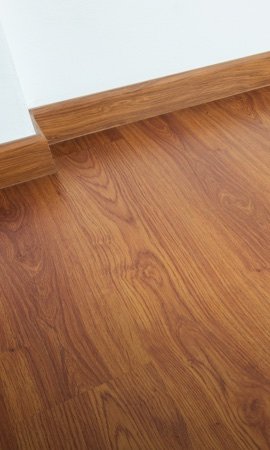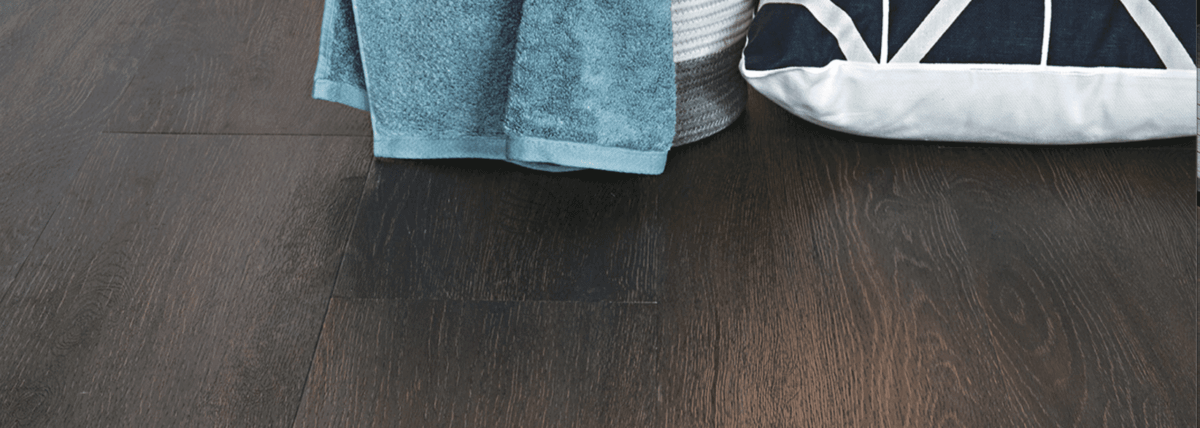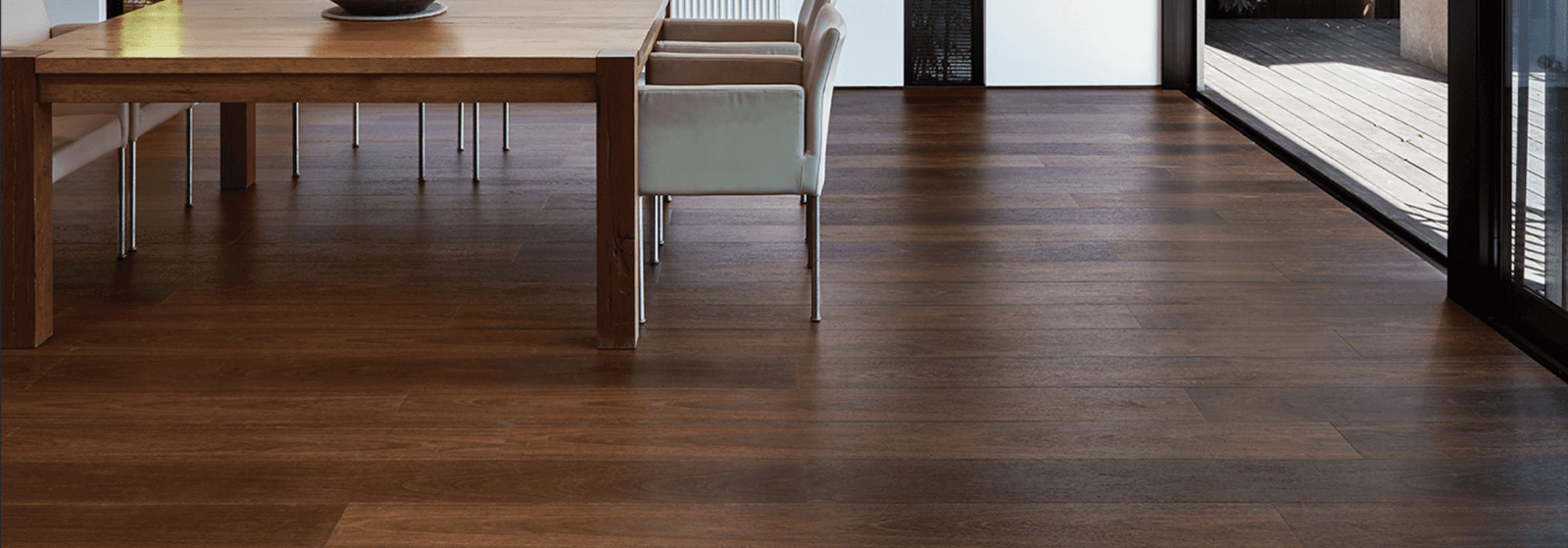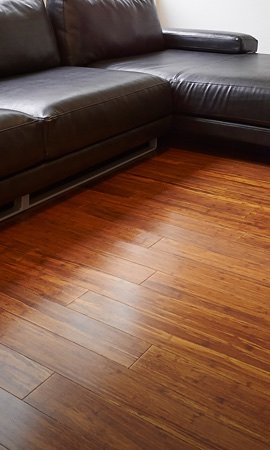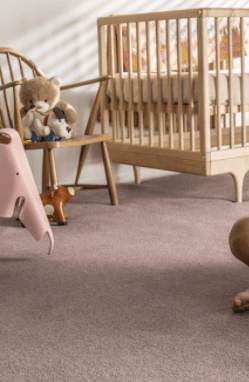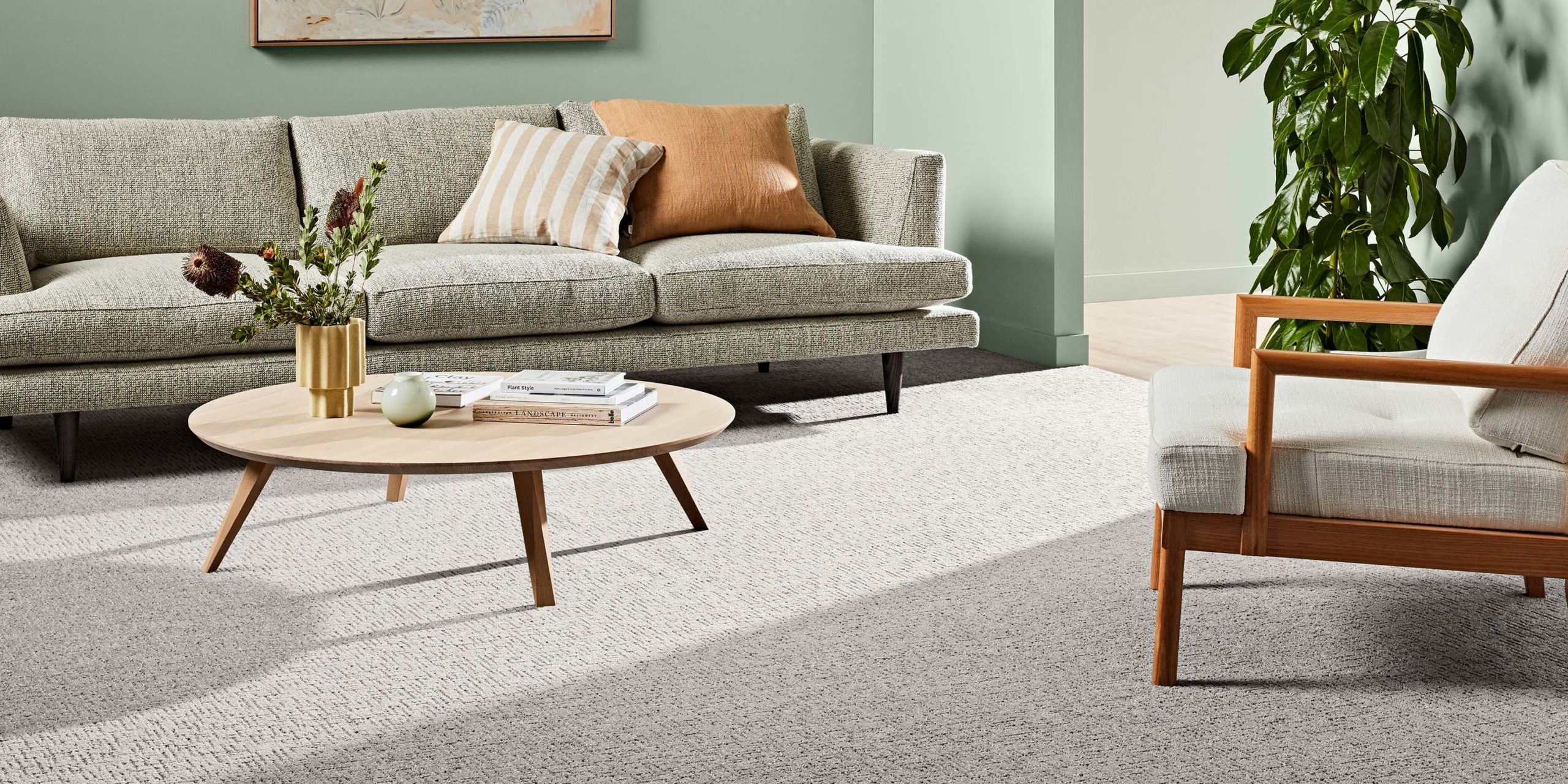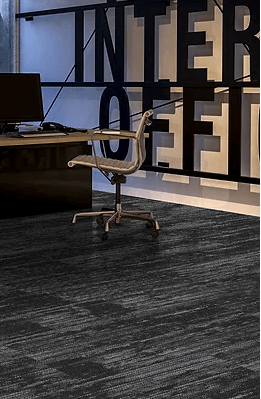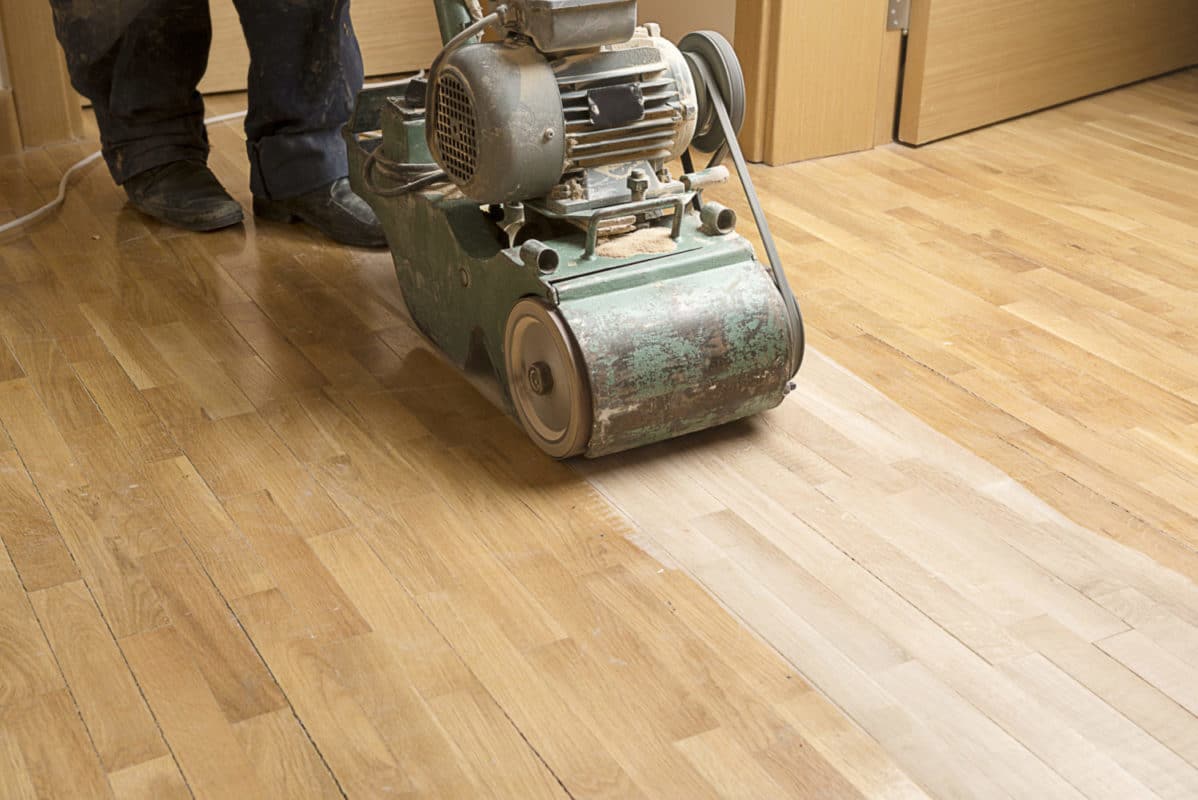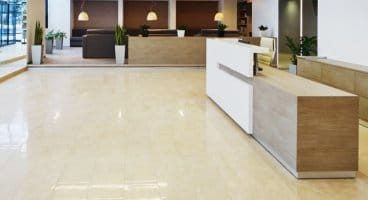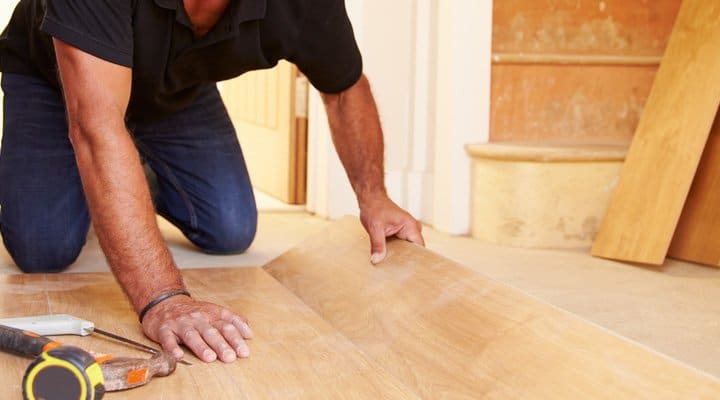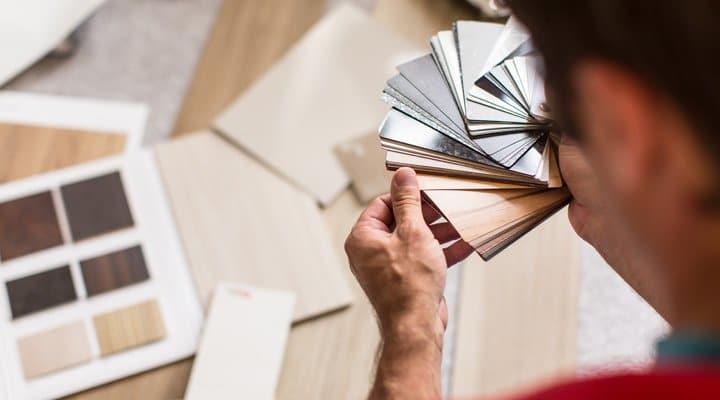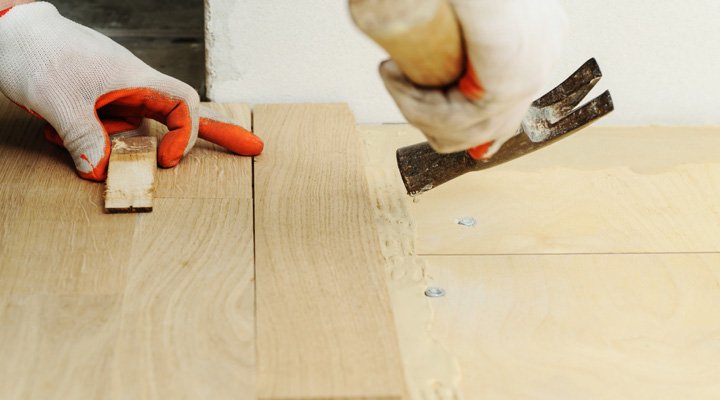

14 Aug The Ultimate Guide to Engineered Timber Flooring
At FloorVenue, we separate engineered flooring into Engineered Australian Hardwood and Engineered Oak Timber Flooring to help our customers find their favourite floor. Whilst both are a layer of timber bonded to a coreboard, some people love the Australian timber look and should explore the Engineered Australian Hardwood page, whilst others love the European Oak and American Oak timber look and should explore the Engineered Oak Timber Flooring page.
Both are great flooring options – oak engineered floors have more colour options, but Australian timbers are slightly more durable and very popular in Aussie homes. Both are very stylish and the choice is yours to make!
What is engineered timber flooring?
Engineered timber flooring is a great way for you to get the durability and natural beauty of traditional timber floors with added benefits like water resistance and climatic stability. One of the newer flooring options in the market, engineered timber uses solid hardwood within its construction, setting it apart from synthetic alternatives like laminate and hybrid that don’t use any at all.
Engineered timber flooring is made up of multiple layers, with an upper layer of real oak or hardwood timber that’s bonded to several pieces of plywood underneath. The use of plywood in a place that you won’t see after installation reduces the cost of engineered timber flooring without compromising on rigidity, and limits the natural expansion and contraction of wood during changes in humidity and temperature.
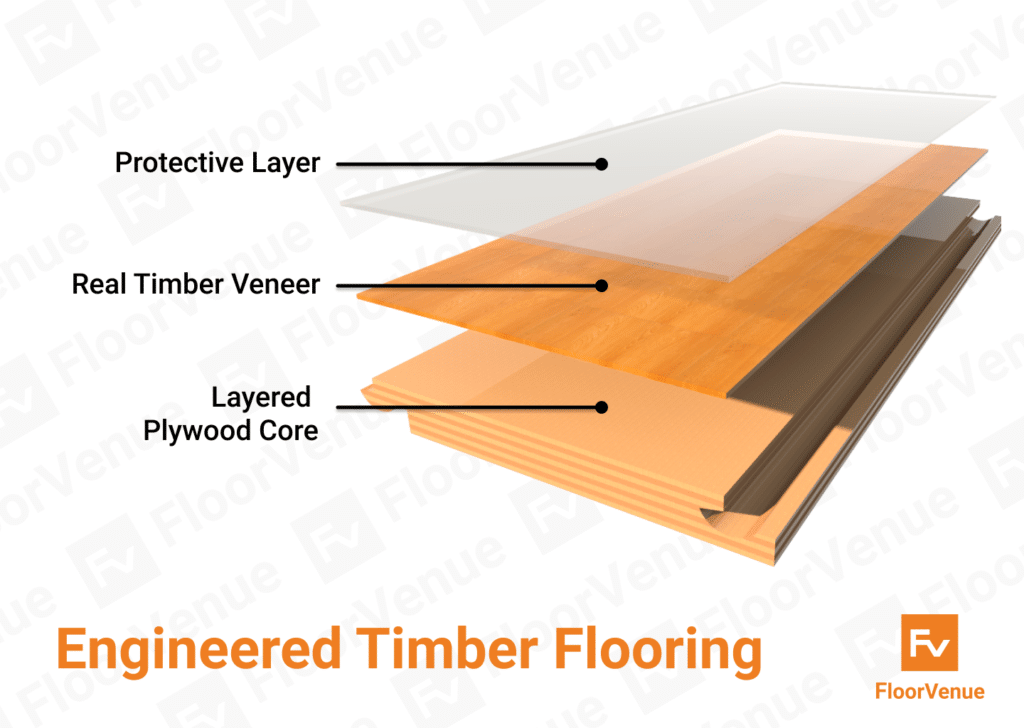

Some engineered timber floors can even be almost waterproof, such as the range of HydroPro Water-Resistant Aussie Timbers we stock at FloorVenue. This means that you can even install engineered timber in places like the kitchen and laundry!


What is the difference between solid timber flooring and engineered timber flooring?
Both solid timber flooring and engineered timber flooring give you the look and feel of actual hardwood timber on the surface, but they’re different in how they’ve been manufactured.
Solid timber flooring refers to a floor that’s solid wood all the way down – that is, whole chunks of timber that are milled and dressed to create sturdy floorboards. Meanwhile, an engineered timber floor board has a thinner top layer of wood, with plywood used to ensure rigidity.
Since more (thicker) real wood is needed to make a solid timber floor, they’re more expensive. But are they worth it? Well, their main advantage is that they can last much longer than engineered flooring – maybe even for generations! Although both solid and engineered timber have the potential of being re-sanded to freshen up a tired-looking surface, you can do this to solid timber floors many more times.
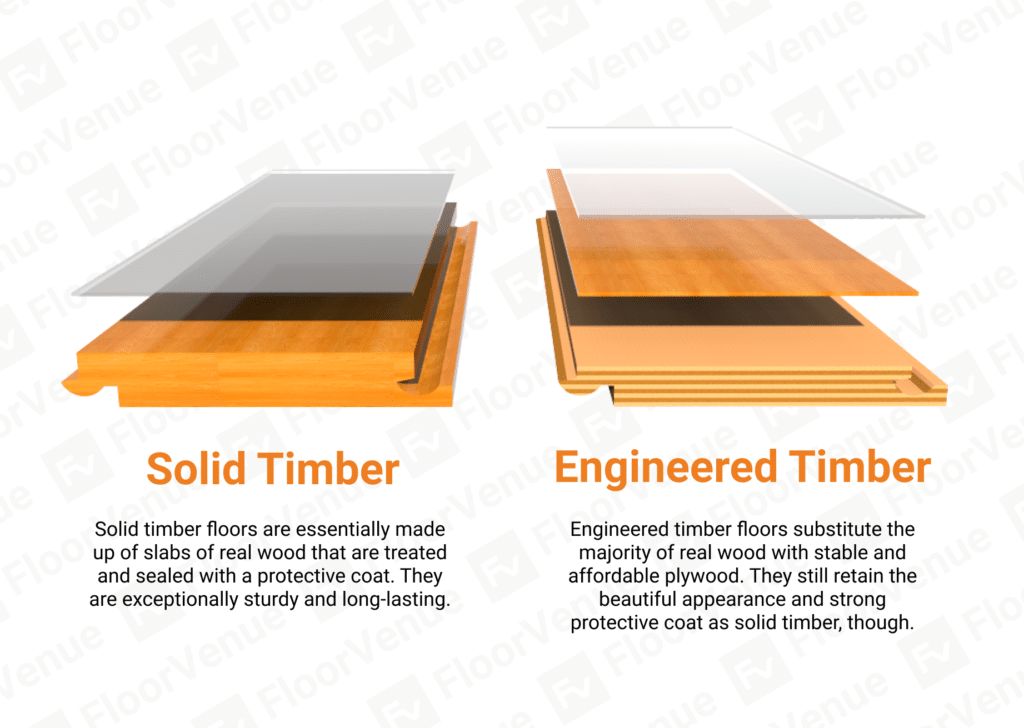

How to lay engineered timber flooring?
One of the greatest advantages of engineered timber flooring is that you have flexibility in choosing how to install it in your home.
The most common way to install engineered timber is by ‘floating’ the floor over your existing one (which will become the ‘subfloor’). This floating floor method relies upon the click-lock system present on many flooring products, and is particularly suitable for apartments and unit blocks due to ease of installation (and uninstallation). However, floating floors can only be installed if your subfloor is flat enough, and can’t be done over carpet. Floating floors may also sound hollow because they’re not affixed to the ground – to fix this, an acoustic ‘underlay’ is usually laid underneath the floorboards in order to increase comfort and reduce noise.
On the other hand, the traditional method is by stapling, gluing, or nailing floorboards to your existing floor or the bare joists of your home. As you might imagine, this method is more permanent, but yields a floor that feels more solid and premium underfoot. Additionally, this may be your only option if you choose engineered timber floorboards that use the cheaper and more traditional tongue-and-groove assembly system.
If you’d prefer to have the peace of mind of leaving flooring installation to the professionals, reach out for a free no-obligation quote!
What are the advantages of engineered wood flooring?
1) It’s easy and quick to install
As we’ve discussed above, engineered wood flooring can be installed as a floating floor. This drastically cuts down the cost and time of installation, although you are still required to put in a type of underlay to soften any noises from the floor.
Most engineered timber flooring products come prefinished with a protective sealant at the factory. This means that you don’t need to deal with the hassle of surfacing the floor after installation, unlike what we call ‘raw’ flooring timber.
2) It’s relatively affordable
Engineered timber floors give you the same premium surface as solid timber, but at a fraction of the cost. If getting the look and feel of real hardwood is important to you, engineered timber is a serious contender for the money.
3) It’s durable
Engineered floors have superior durability and scratch-resistance due to their use of hardwood timber and strong protective finish. They can last for decades when properly maintained, and can look the part too – if your floor timber starts to get worn, you can simply sand it to reveal a fresh surface underneath. Thicker engineered timber floors can usually be re-sanded 2 or 3 times over its life, with about 1mm of thickness used per sand.
4) It’s stable during weather changes
As the fibres in wood can retain moisture, changes in humidity can cause expansion and contraction in any floor that uses these natural materials. Engineered floors do this to a lesser extent, however, due to its use of stable plywood underneath.
What does this mean for you? Well:
-
- During extreme weather, engineered timber has a lower likelihood of buckling or creaking.
- You can leave smaller expansion gaps between floorboards during installation in your home.
- You can find engineered hardwood flooring products with wider floorboards that really bring out the natural wood grain and texture.
5) It’s versatile
The natural beauty of wood has been well-regarded for centuries, and engineered timber makes it more accessible for you to embrace the elegance of hardwood flooring in your home. Not only are they more affordable, but they’re even suitable for renters when installed as a floating floor!
Engineered timber floors come in a diverse range of species, so you can choose the style which suits you. For example, you could opt for the warm sunset-like hues of jarrah, or the wide colour variation of spotted gum. The possibilities are endless!


Floating floor comparison: Engineered timber flooring vs laminate flooring vs hybrid flooring?
If you’re looking to install a floating floor, you’re primarily confined to the range of engineered timber, laminate and hybrid floors. So what’s the difference among them?
Engineered timber flooring is veneer timber flooring with top layer real timber and multiple plywoods underneath; Laminate and hybrid flooring are flooring options that essentially use a photograph of timber that’s printed and layered between a hard protective coat and solid substrate. The primary difference between the two is that the base substrate is composed of HDF for laminate, and SPC/WPC for hybrid. As such, hybrid floors provide increased water-resistance compared to laminate floors.
As synthetic products, laminate and (to a lesser extent) hybrid floors are more affordable compared to engineered timber. They both feature a wider range of styles, even those that don’t look like wood – in fact, FloorVenue stocks a range of more than 100 styles of laminate flooring products alone!
However, laminate and hybrid floors can’t really capture the unique character of wood, and they just don’t look and feel the same when compared side-by-side to the real thing. As such, engineered timber products outshine laminate and hybrid when it comes to longevity and durability, albeit at a higher initial cost.

